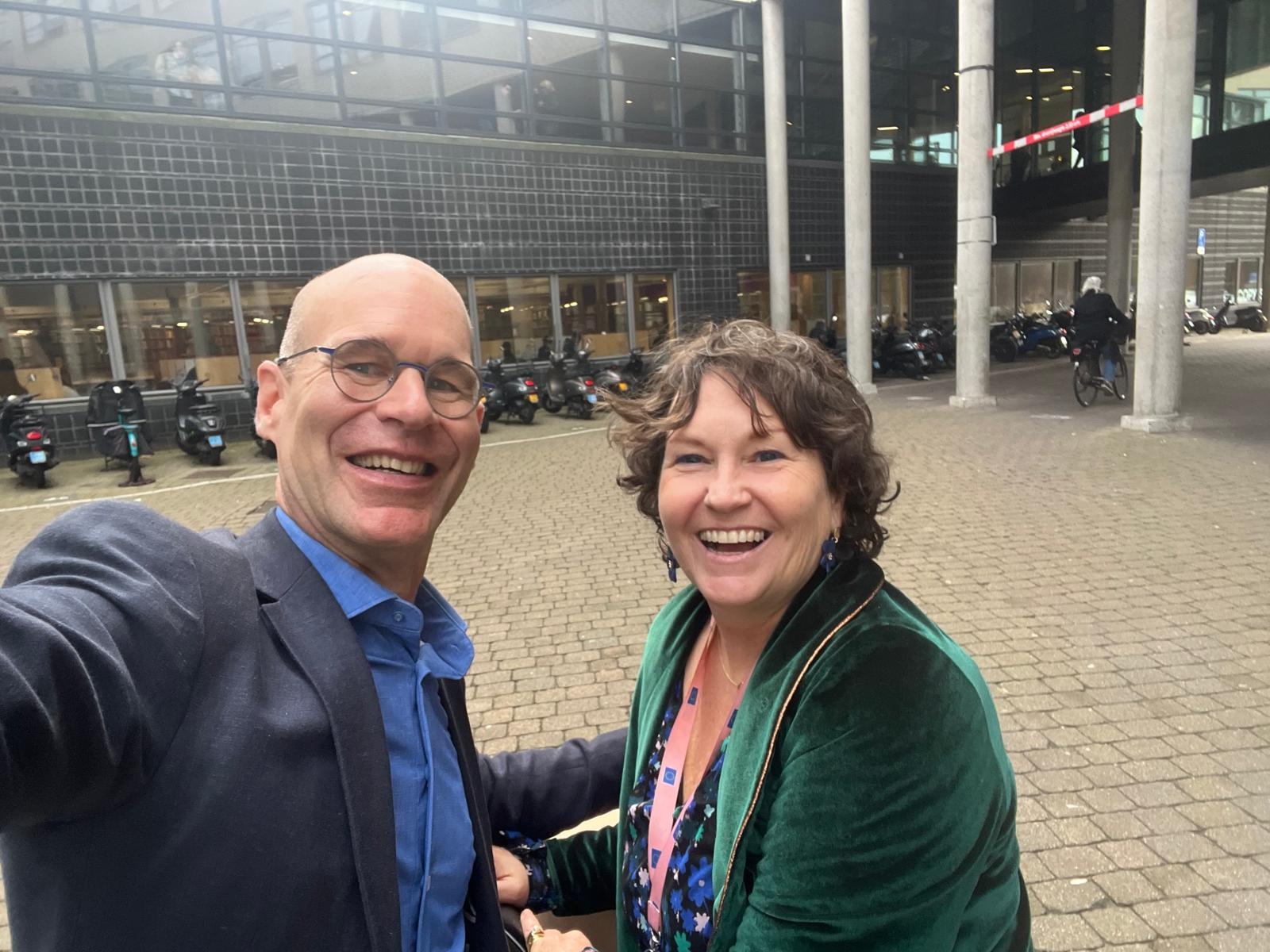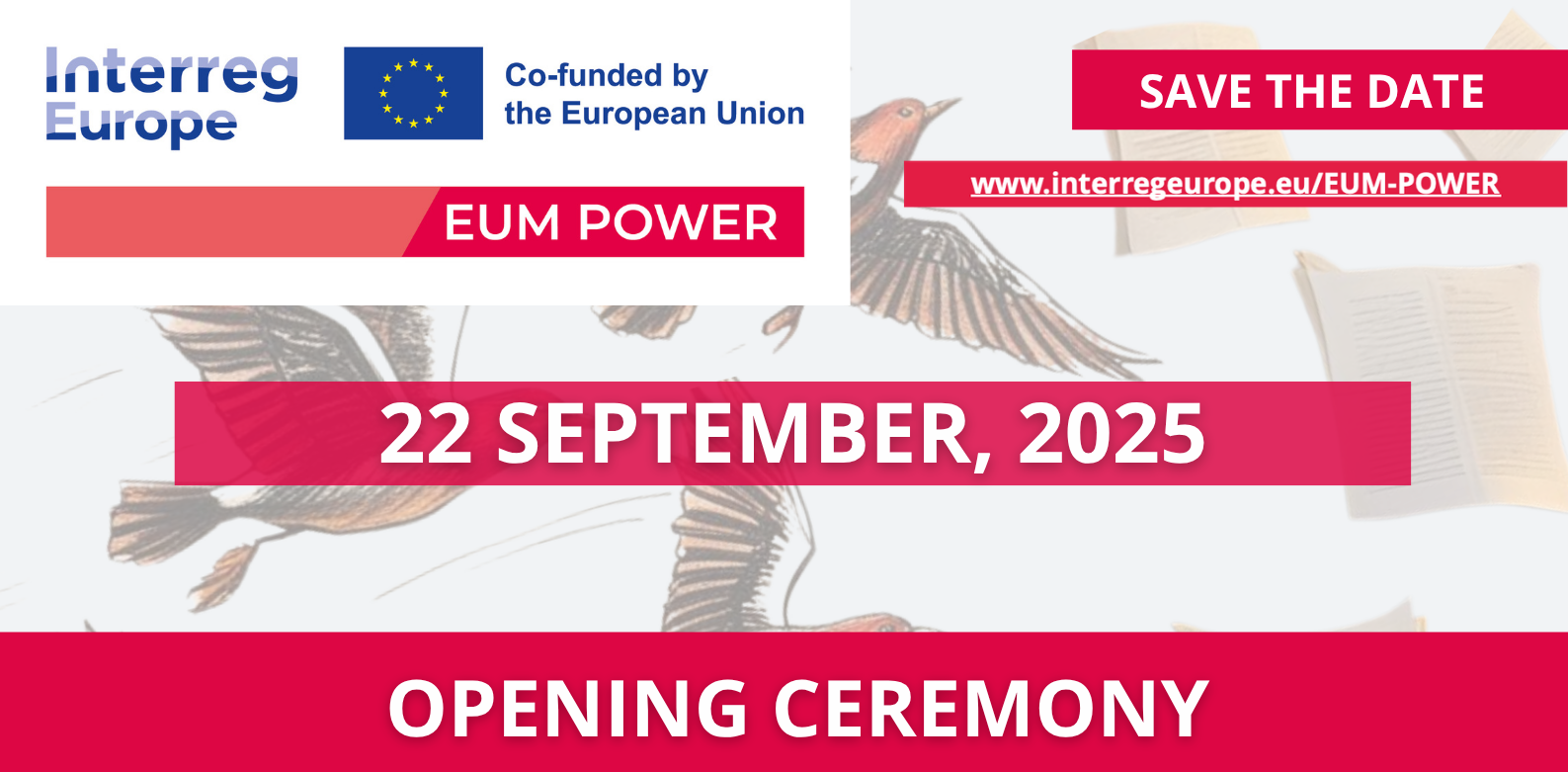The Hague is currently hosting over 400 NGOs and small businesses around peace, justice and security. A large ecosystem has emerged, and in the past month there have even been developments around three new international organizations: the UNDP is opening a department, the ICPA is emerging around Eurojust to criminally deal with aggression by Russia, and the International Claims Registry is emerging around gathering evidence against Russia.
The Dutch Association for the United Nations' Sustainable Development Goal SDG16, Peace, Justice and Strong Public Institutions, therefore suits The Hague. It focuses on promoting peaceful and inclusive societies for sustainable development, providing access to justice for all and building effective, accountable and inclusive institutions at all levels.
At the same time, The Hague is also the most segregated city in the Netherlands. Huge disparities take place, huge economic inequalities between different neighborhoods. A study by CBS found that the number of households below the poverty line increased between 2017 and 2019, and since the COVID crisis those disparities have only grown. The risk of educational inequality has also increased dramatically in The Hague. In some parts of the city, this risk is also greater, often depending on how well parents are able to help young children with homework or reading aloud.
These issues kept me busy for the past six years while writing this dissertation on bringing in and housing International Organizations in The Hague and other European cities. And even more so since its completion last November.
Is this Sustainable Development Goal 16 being used enough in the international city of peace and justice, precisely for these groups of people?
The Municipality of The Hague is working tremendously on the issues with Jozias van Aartsen since 2008 and now with Jan van Zanen leading the way. There is now political legitimacy of the international city of peace and justice. But is enough being done for young people in the neighborhoods around this theme?
What do Peace and Justice actually mean? What do these words mean to young people? How do they deal with pressing issues such as the sustainable transition we are in the midst of in the European Union? How do they view increasing violence on the streets?
We have employed students of Business Administration and Public Administration and Public Management at The Hague University of Applied Sciences since 2020, from the Changing Role of Europe / European Impact lectorate under Mendeltje van Keulen, to answer these questions. We developed a questionnaire and tested it with students. 90 interviews were conducted with young people last year, in Moerwijk, the Schildersbuurt and Laak, and statements came out around the following themes:
1. The meaning of peace and justice
2. Family and community
3. Security and public institutions (and relations with the police and youth workers)
4. Education (possible inequities or opportunities in schools); and
5. The significance of the European Green Deal and the European Union for young people.
These statements all respondents to this survey had to prioritize from unimportant to important using the Q methodology. This year, 40 young people were interviewed in Schildersbuurt and Moerwijk, in the community centers Stichting MEION, Sehzad Mehr, Het Talentenhuis and Wijkcentrum Moerwijk. In addition, three groups of students interviewed policy makers from the peace and justice circuit. Wim Jansen, the boss of Directorate of International Affairs, Rob Schuurmans, Ingrid De Beer of Foreign Affairs, even the ambassador of international organizations were interviewed, as well as Karel Willems, lobbyist, and Arthur van Buitenen of the international organization IDLO - International Development Law Organization.
The results of these interviews were presented by the students on June 16, 2023.
The underlying question is: what is the difference between the priorities of young people and those of policy makers and implementers of peace and law organizations? What is the conflict of perception? And how, subsequently, can you bring these groups closer together and establish dialogue about them? How can inequality be countered in schools? How can there be more dialogue with administrators in neighborhoods, by young people? In short, how can SDG16 - Peace Justice and Strong and Inclusive Public Institutions - be made tangible for young people in Schildersbuurt and Moerwijk?
For this we received a grant from NWO (Dutch Research Council) of the National Science Agenda through NSCR and Beate Volker. To be continued!






















































